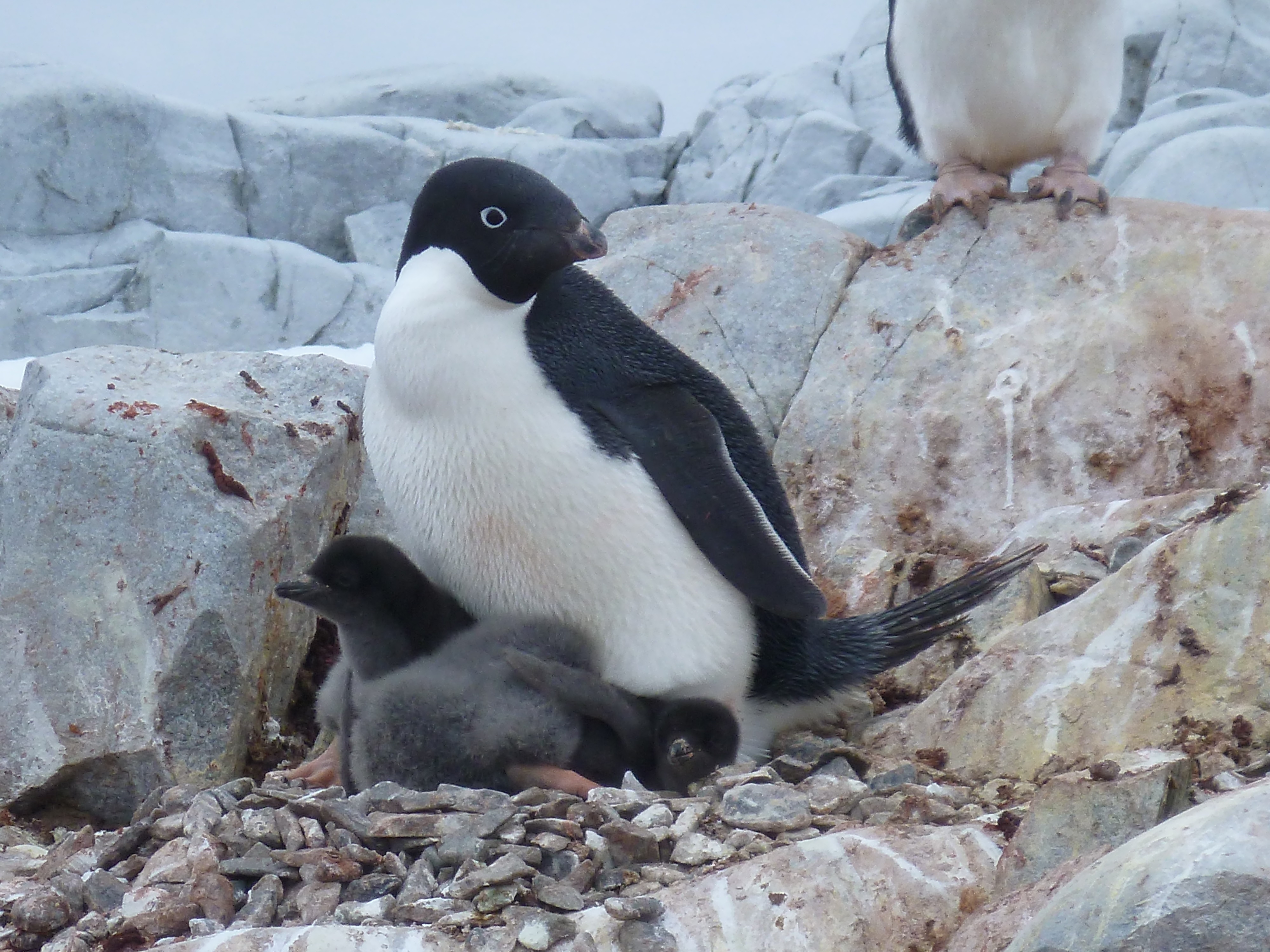Penguins — easily the most known and beloved wild animal in Antarctica — could be be decimated by man-made global warming over the coming decades, according to a new study released Wednesday.
Due to habitat loss caused from warmer water and loss of sea ice, a 60% decline in population of the Adélie penguin is possible by 2099, said study lead author Megan Cimino, who recently earned her doctoral degree at the University of Delaware.
For millions of years, natural climate change has affected Adélie penguins across Antarctica as glaciers expanded and melted. Warm periods actually were beneficial, as shrinking glaciers allowed them to return to their rocky breeding grounds.
But the study concludes that any recent helpful warming may have reached its tipping point.
“It is only in recent decades that we know Adélie penguins population declines are associated with warming, which suggests that many regions of Antarctica have warmed too much and that further warming is no longer positive for the species,” said Cimino.
The study, which appeared in the journal Scientific Reports, looked at various levels of warming that are expected over this century, as predicted by the Intergovernmental Panel on Climate Change, the United Nations' group that's the gold standard for climate forecasts.
The study was based on satellite observations from 1981-2010 of sea surface temperature, sea ice and bare rock locations, and penguin population estimates from satellite photos.
Overall, the researchers reported that climate change impacts on penguins in Antarctica will likely be highly site-specific, based on regional climate trends. Some parts of the continent, and thus some of the penguins, may not be as impacted by climate change as others.
A 2009 study reported that another penguin species — the emperor penguin — could face extinction by 2100 as Antarctic sea ice melts. "Sea ice is essential to the emperor penguin life cycle, as the animals use it to breed, feed, and molt," the authors said in the 2009 study.


